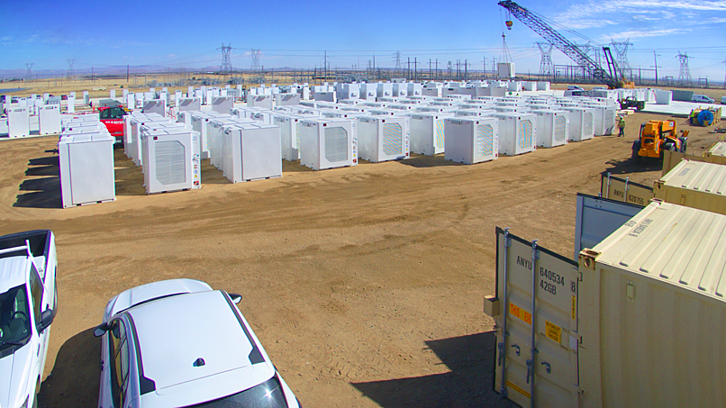CAISO Leads US Battery Storage with 52 GWh Capacity, ERCOT Nears 2-Hour Duration Trend

California's grid operator, CAISO (California Independent System Operator), continues to dominate the U.S. battery energy storage system (BESS) landscape, boasting a substantial 52 GWh of energy capacity. This significant deployment is primarily driven by stringent Resource Adequacy duration requirements aimed at ensuring grid reliability, according to energy expert Alejandro de Diego. The state's aggressive renewable energy targets and the need to integrate intermittent solar and wind power have propelled its leadership in storage solutions.
Following CAISO, the Electric Reliability Council of Texas (ERCOT) has emerged as a significant player, reporting 17 GWh of BESS capacity. While smaller in total capacity, ERCOT's average battery duration is trending towards approximately two hours, as noted by de Diego in his recent social media post: > "CAISO still dominates BESS energy capacity with 52 GWh, driven by Resource Adequacy duration requirements. ERCOT follows with 17 GWh, with the average duration trending towards 2 hours." This focus on shorter-duration storage in Texas often caters to ancillary services and peak demand shaving, critical for a grid that has faced reliability challenges.
Recent data from the CAISO Department of Market Monitoring's "2024 Special Report on Battery Storage" indicates that the aggregate maximum energy storage capacity for CAISO was approximately 47.3 GWh as of December 2024, with continued growth projected. This report details the evolving market mechanisms and challenges, such as bid cost recovery and resource availability, that influence battery operations within the CAISO market. The ESS-News publication further notes that "CAISO batteries are significantly impacting the energy market," with day-ahead energy constituting a substantial portion of battery revenue.
The distinct approaches in BESS deployment reflect the differing market structures and operational priorities of the two major U.S. grids. CAISO's emphasis on longer-duration storage aligns with its strategy to shift large volumes of solar energy to meet evening peak demand, a critical component of its decarbonization goals. In contrast, ERCOT's focus on shorter-duration batteries addresses its unique challenges, including rapid response to grid events and congestion management, as its market traditionally emphasized ancillary services.
While ERCOT's BESS market historically derived a significant portion of its revenue from ancillary services, a shift is underway towards increased participation in real-time and day-ahead energy markets. Industry analysis, such as that from ESS-News, suggests that as battery capacity expands, ERCOT is likely to see similar dynamics to CAISO, with energy storage increasingly setting marginal energy prices. This evolution highlights the critical role BESS plays in modernizing grids and supporting the transition to a more renewable energy future across both regions.